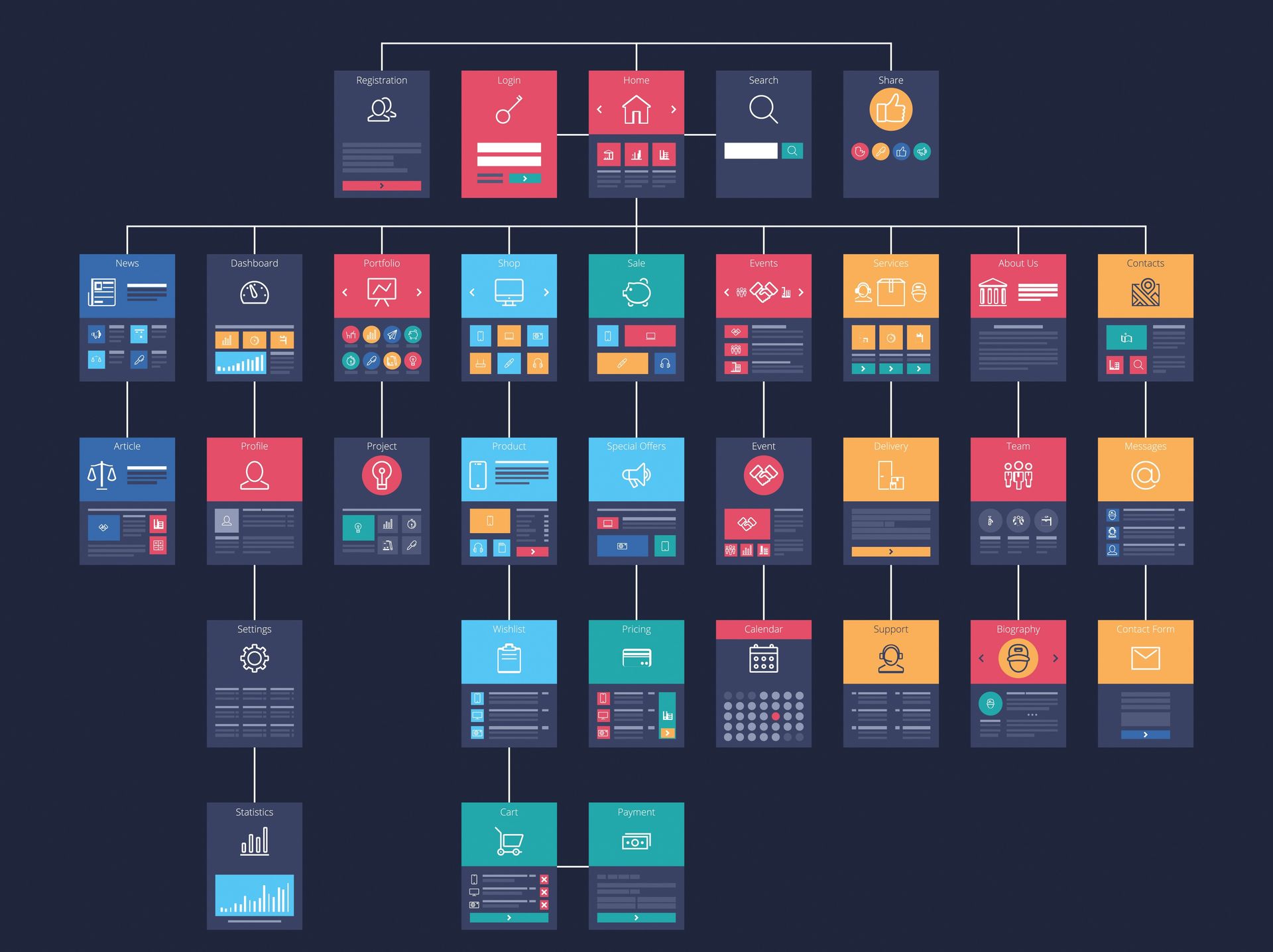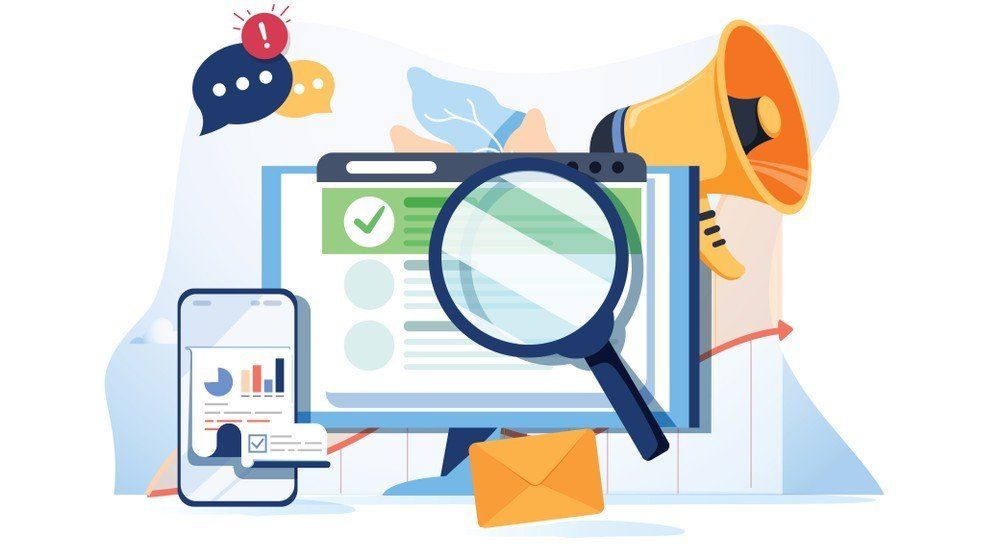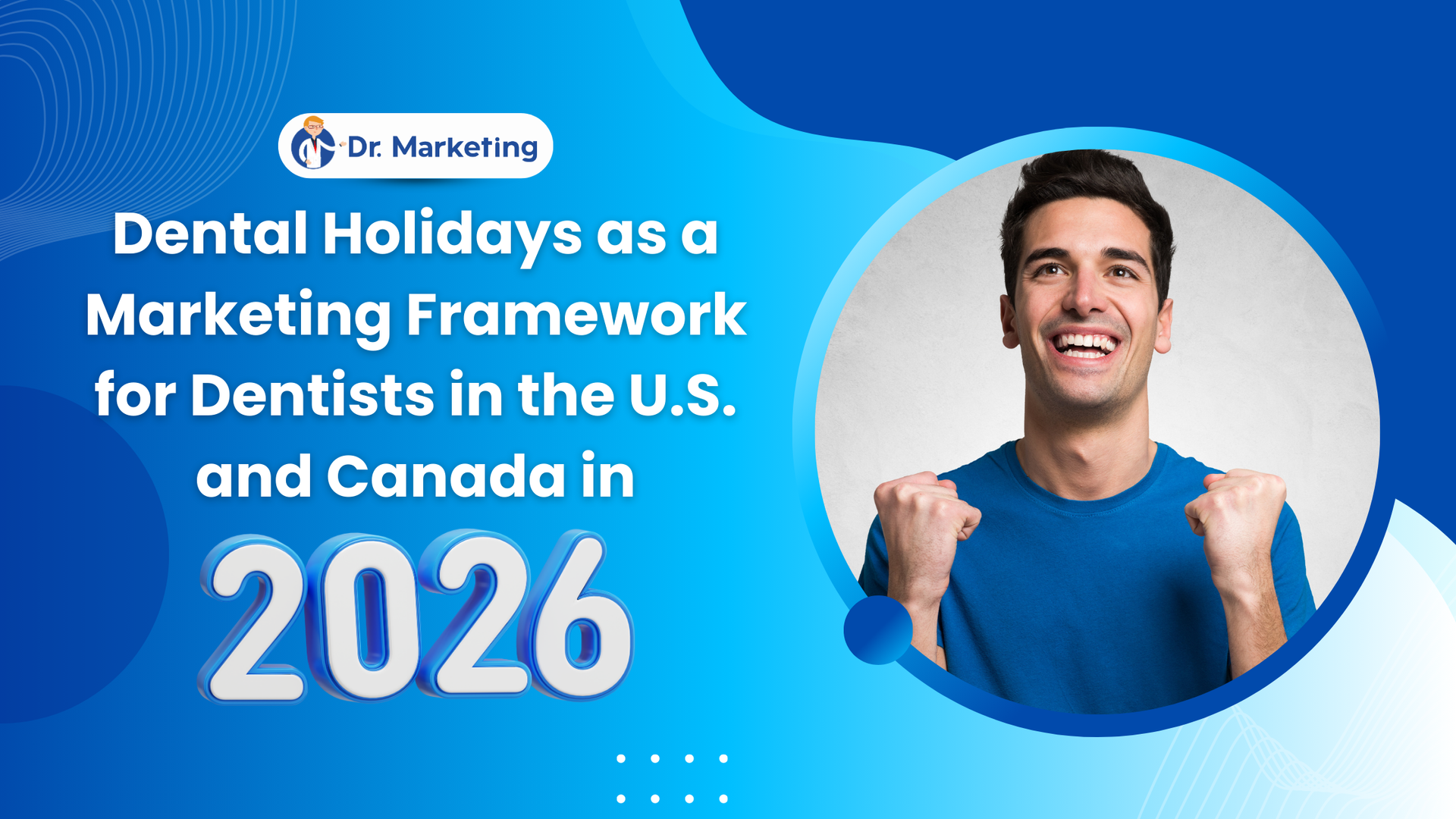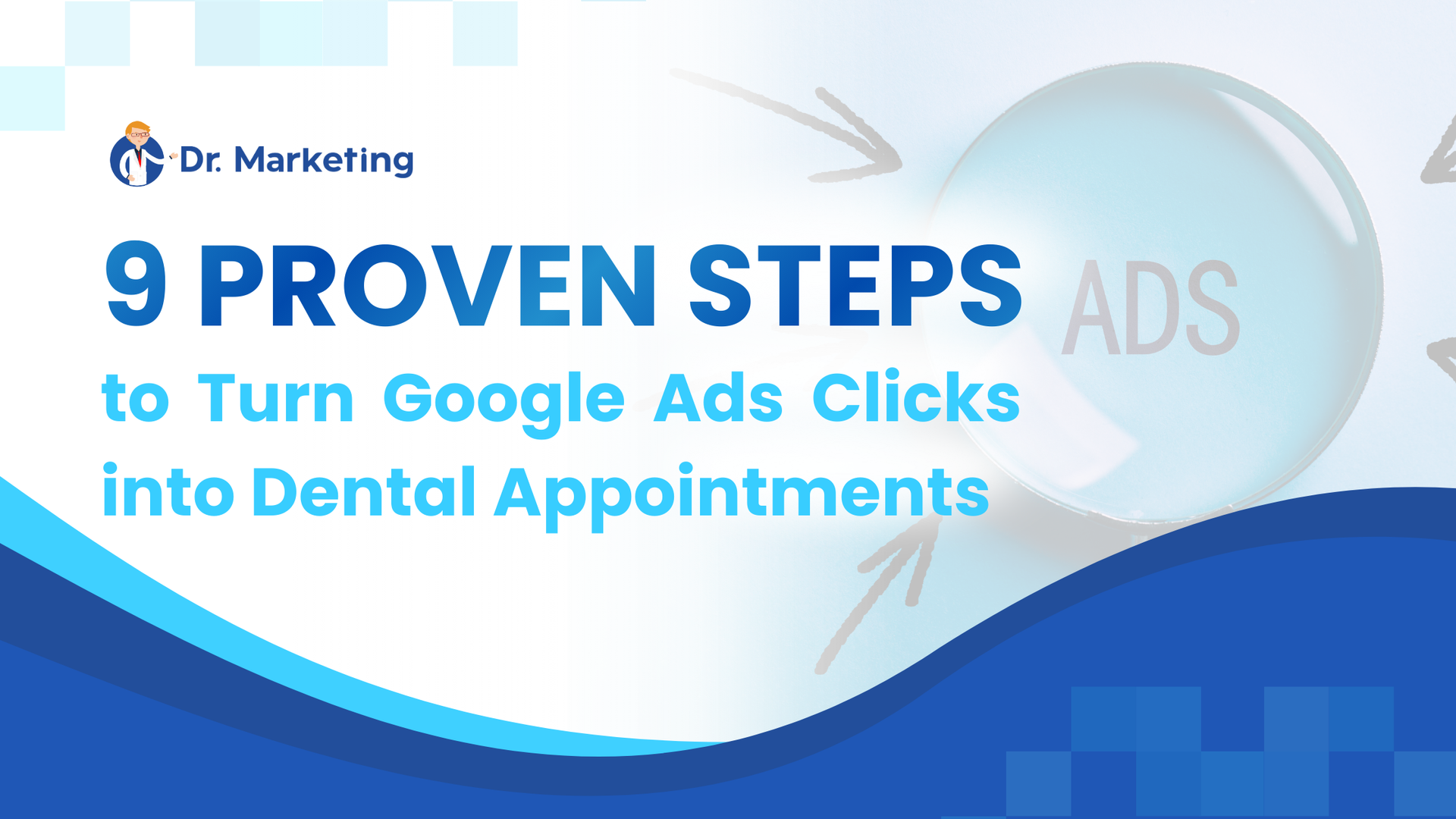Organic Traffic: A Better Way to Save Money on Advertising
What’s Wrong With Traditional Advertising?
Advertising is an ongoing cost you have to pay, even though it could sell nothing, because if you don’t, no one will even know you exist and so you’ll definitely sell nothing. And yet, doing business in person allows you to control most of what can influence a customer – the look, smell, taste, feel, and sound of the environment, as well as the order in which these emotions are experienced, based on how you organize the floor. This is the gist of how boundless creativity in sales managed to transform advertising, from a reluctant cost into the core of every single business.
But then, the Internet happened and became the foremost avenue of all marketing. Online, your entire business is reduced to a single link on a search engine. Making a profit, even breaking even, increasingly depends on how many people make a single click on your website. All the creativity in the world can’t help you on a search engine, where customers are constantly free to compare you with your competitors. Advertising has become, again, a cost of being in business with few benefits. To make any money, you advertise.
Except, that’s not true anymore. Making advertising more difficult and increasingly obsolete also means there are now better ways to do business. The Internet’s alternative? Organic search traffic.
What Is Organic Traffic?
Organic traffic is the number of people who visit your website from a link on a search engine, completely unprompted by advertising. That’s it. A simple concept, but underrated, because paying for advertising has been the backbone of business for a very long time. The benefits of organic traffic are clear, though: those who visit your website, purely because they want to, are the most likely to buy whatever you sell.
Good business strategies have always depended on consistently meeting your customers’ needs, but as stated, online search engines have wrested control of information away from advertisers. It’s time to adapt to this new marketplace, by focusing on how you can earn and keep your customers’ attention.
Organic traffic can indeed solve this
problem, but it needs a good strategy.
How Do I Start Increasing My Organic Traffic?
Online marketing today works through search engines, which is why search engine optimization (SEO) has become the most important part of online marketing. It should be no surprise, then, that it’s also the best way to increase your organic search traffic.
Now, organic traffic cannot be prompted by advertising. How, then, do they find your business?
Simple: your website must rank well on a search engine. Customers look for whatever they want online, but they type in certain words and phrases in order to find it – the bread and butter of organic search traffic. This is what you use in everything you write on your website, so that your website will pop up on the search results for anything your customers are looking for. The right keywords and key phrases can be found with free software available to anyone, although more advanced tools may require afee.
Choosing the correct keywords and key phrases is done by interpreting the data these tools give you. Sometimes, this may be difficult – trends can only show you which keywords and key phrases are popular, not why this is the case.
But this prompts a second question: how do you make sure your website ranks high on a search engine? Most people do not look past the first page of the search results on any search engine. If they haven’t found what they’re looking for, they enter a different set of keywords and key phrases. Landing on the first page is crucial if you want to increase the number of potential clients coming to your website, and that’s where your search engine optimization (SEO) strategy comes in.
How Will My SEO Strategy Improve My Organic Traffic?
SEO is never a finished task. Visitors change, and over time, so does the function of search engines. There is always more you can do, which is a great reason to avoid complacency. However, what you can do is broadly divided into two goals: getting new visitors, and keeping the ones you have.
How Do I Get New Visitors?
Getting new visitors is about supplying what they’re looking for. Search engines can only work off of inputs, so search engine marketing is about using the same keywords and key phrases that your visitors are looking for. But keywords and key phrases need the right strategy, and the right implementation.
Site Map
Your site map should be your first step, because it’s easy to implement even if you have zero experience with SEO, and it’s definitely one of the best things you can do to help your website rank higher, because it directly affects the technical process by which websites are ranked in the first place. Most importantly, it’s something that many other businesses don’t think to do, so you earn an advantage right away.
How do search engines find out enough about your website to rank it, for any given set of keywords or key phrases? Two words: Web crawlers . The crawler is software used by search engines, which exists for the sole purpose of indexing as much of the Internet as possible. When a web page is indexed by a bot, it can then be ranked for relevance in response to any key word or key phrase.This is what a search engine uses to create a page of ranked search results, after you type something into the search bar. A crawler can determine this information without a site map, but a crawler may or may not explore every pageon your website, and so, it may or may not spot everything you would prefer it to spot. Making sure it finds everything you want it to find requires a sitemap.
Site maps are designed to only be viewed by crawlers, not humans. They come in the form of XML files, written out like lines of code. Experienced programmers and software designers can write out their site maps by hand, since that’s the fastest way as well as the one granting you the greatest control over design, but many free templates are available online. Once again, this step does not require technical expertise of any kind – free templates will usually provide detailed instructions. However, as with all aspects of SEO, there’s a strategy to the best site maps, so your site map will need some planning.
Once you complete your site map, and upload it to the root directory of your website, search engine bots will eventually find it. If you want to speed up the process, you can upload your site map directly to Google Search Console, which will tell Google to review your website as soon as possible.
Directory Listings
There’s two ways to find information on theInternet: searching, or browsing. Searching is done through a search engine, and the section above covers how web crawlers compile information to create search results for any given input. However, browsing is done through a list of websites and webpage links, created manually by human editors.
Why is this useful, you might ask? Because directory listings are a good example of localSEO tactics. Local SEO is all about making yourself the authority on any given niche, with respect to your geographic area rather than the entireInternet. Directories serve as a valuable resource in themselves, because they compile information about the best goods and services in a given area . Once a person finds a directory they trust, they are unlikely to go searching elsewhere unless that directory fails them, which means even the best keyword and key phrase optimization will fail with people who are not primarily using search engines. This is why it’s useful to get your website (and web pages) onto a directory.
Directory listings are also a direct contribution to backlinks – links to your website that are present on other websites. When people click on a link to your website, that tells search engines that your website is credible, with respect to a number of keywords and key phrases, which improves its ranking on search results pages. Directories are literally designed to provide links for people to click on, which is why it’s important to get your website (or webpages’) link on there. The best way to do this is to maintain a consistent NAP(name, address, and phone number) across the Internet, making sure that anyone and anything mentioning you is using those three pieces of information. Of course, the same logic extends to other contact information as well – website, email address, and so on.
Google Business Profile
Google Business Profiles are another easy, yet important step to consider. Based on the information its crawlers can find, a search engine is likely to create its own business profile for you, which will show up any time someone searches your business name (or keywords and key phrases for which your business name ranks high). Since this is largely out of your control, it’s advisable that you create your own Google Business Profile. They are free and easy to make, due to guided instructions, so there’s no reason not to.
Benefits include control of your business information (preferably NAP, or name, address, and phone number), being able to plan which images are used, and even scheduling updates to your business (though only select services will support this, but if you want to cover all your bases, it’s still free).
Meta Descriptions
A meta description is the inclusion of keywords and key phrases into the HTML code for a webpage. It is a summary of what the webpage offers, usually in the form of keywords and key phrases that match (or are similar to) what the search engine user was looking for. The summary is shown below every link that the search results page offers, which amounts to a preview for search engine users – basically, which of their keywords and key phrases are actually present on this particular webpage.
Meta descriptions are an important step for what is called “on-page SEO”, where we are trying to attract new visitors to a specific page on your website, rather than your website as a whole. Meta descriptions are not ranked by search engines, which means that using them will not directly increase your website’s ranking on any search engines. However, if meta descriptions are successful in getting someone to click on a link, then that click will be counted towards the ranking of the webpage, which means they indirectly accomplish the same thing that keywords and key phrases do. This is why meta descriptions are such an important aspect of organic traffic.
For your business, meta descriptions are useful because they add to an ongoing SEO strategy. If you’re trying to sell and promote a certain good or service, optimized meta descriptions will help you direct traffic specifically to the webpages that offer them. Following this logic, you can begin to categorize your incoming traffic based on which webpages were visited, which in turn allows you to plan your SEO strategies better, because you’ll know what’s doing well and what needs improvement. Because meta descriptions need to be written out manually, and then included in the HTML code for a webpage, strategy is very important.
Without the ability to track your webpage-specific traffic, you can only take guesses as to what worked and why.Their impact is indirect, but meta descriptions offer precision.
Research Keywords and Key Phrases
Researching the keywords and key phrases that are right for you is generally the last step of SEO, when it comes to getting new visitors to your website. It’s what you do when you already have a strategy in mind, because your research here will only give you data – it will not tell you how to interpret this data, or which data is more important specifically for your business. However, once you’re ready for this step, even this part has plenty of moving parts to consider.
Tools are the first thing to think about here. Which ones do you use? The advice on this tends to vary, likely due to how new of a field SEO still is. AdWords and Google Analytics are often discussed as though they are interchangeable, even though the former is just a platform for advertisers, with no association to organic search traffic at all.What this means is that different tools will offer different opportunities, as they should. The key to using them is simply understanding how they work. For example, tools that exclusively mine Google Autocomplete results (and there’s alot of them) will show you different data than a tool that draws results from more than one search engine.
Interpreting this data usually requiresKPIs (key performance indicators), but since organic search traffic is a key performance indicator, all you have to do is learn how to read data for this information.
How Do I Keep My Visitors?
Once you have some organic traffic, keeping your visitors coming back is all about becoming a valuable resource. This is comparatively easier than finding new visitors, because recurring visitors tend to have consistent needs and preferences that you can track. In fact, keeping new visitors is pretty much entirely about being able to track what they want, but since lots of people tend to want a lot of the same things, what you ought to be doing is somewhat predictable even without data.
Become a Trusted and Valued Resource
Becoming a trusted and valued resource is the main step to viewer retention. This involves planning out your website in such a way that it continually has more to offer. Depending on your business, there are a number of ways to do this. However, becoming a trusted resource should be more than just viewer retention – otherwise, you’ll just be giving out free information, with no financial return whatsoever. So this step, like all steps, requires planning.
A blog section is the easiest path to viewer retention, because virtually every industry is changing, and blogs by definition specialize in regular content. However, the main issue with blogs is financial return: with the exception of pay-per-click ads, views on a blog do not create any income. Blogs can be an indirect source of income, if blog posts incentivize a purchase, but this requires a direct link between what your blog posts discuss and what you are selling. This extends into a different issue, wherein the content of any blog post has to be worthwhile in itself in order for anyone to regularly read these posts, but as stated, these posts have to incentivize a purchase to be a source of income. It’s a tricky balance, but with the right content and the discipline to post regularly, it can be done. It’s also a worthwhile balance, because once a blog attracts people, the hardest part of viewer retention is already over.
Separating your content for different viewers is an underrated, but highly effective step. Specifically, curating the presentation of your content on the basis of what you recommend the viewer. Someone who’s relatively new will see something similar to what they just viewed, whereas a long-recurring viewer may see a long list of articles based on their preferences. Of course, you might choose to organize these recommendations differently, which requires its own strategy, but the point is to entice the viewer with a website designed around their personal preferences. You will need regular content for this to work, of course.
Landing pages are particularly important. A landing page is the page a viewer is directed to, when they click on the main link for your website as a whole. This page will define everything else about the website – tone, content, appeal, uniqueness, and authority. It needs to be designed to be user-friendly, of course, but it also needs to be designed to reflect the rest of the website. An online retailer will not have the same landing page as a dentist’s website, for example, even though they are both offering goods and services – this reflects the reality that different professions attract clients in different ways. Landing pages must be designed around the profession first, and the goods and services second.
Page titles and content titles should be optimized for keywords and key phrases, of course. However, they should also follow a consistent theme across your website. If your website uses casual language, for example, you should strive to maintain a casual theme in your titles. Same thing with serious titles. You might attract initial users with a wide variety of keywords, but if it doesn’t make sense, it’s going to look strange. Nothing scares away potential customers like something that looks strange or off. SEO may be key for attracting your initial viewers, but when it comes to keeping them, consistency is king.
Backlinks, in addition to being good for meta descriptions, are important for consistency as well. You must ensure that when a viewer is looking for information or services, they should not be leaving your website in order to find them. When you mention things that exist somewhere else on your website, they should come with their own backlinks. In addition, the earlier advice about directory listings applies here as well – backlinks keep viewers on your website when they’re everywhere on your website, and they attract new viewers when they’re on someone else’s directory, so with one strategy, you can tackle two goals.
Overall, a website becomes a trusted and valuable resource when it continuously provides content that is trusted and valuable. There’s many ways to do this, but the core idea is simple, so there’s no reason to not get started on making your website one of them.
For advice on your website organization strategy, we offer a FREE 1-Hour Consultation !Compress Media and Graphics
Images are an underrated aspect of SEO, and especially organic search traffic, because a lot of the advice on that focuses on keywords and key phrases. However, images are important, for one specific reason: a lot of people browse the Internet on their phones, rather than on a computer. Phones are not capable of handling as much data as a computer can, which means large image sizes will slow down your website loading times. The same problem exists with videos, to an understandably larger extent, since video files are much larger than image files.
Many free tools exist for the compression of images and videos into smaller file sizes. However, like all aspects of SEO, your images and videos will still require a strategy. How should images be organized? Which captions do you use, given that a significant number of people read image captions more than body text? How can you help web crawlers understand the purpose of your images, so their importance (and relevance to a search engine user) can be properly conveyed on search results?
What Else Should I Know?
If you’re spending, say, $1,500 a month on ads, you only get a certain number of new clients a month as a result. In other words, despite in some sense guaranteeing business, you’re setting a strong cap on that business by relying on ads.
All of the above will require some work and some thought, of course. But organic traffic offers the potential for unlimited growth, precisely because it was unprompted by advertising. Ads do not.
If you’d like to discuss any of the above for your website, click the call us button to discuss!















